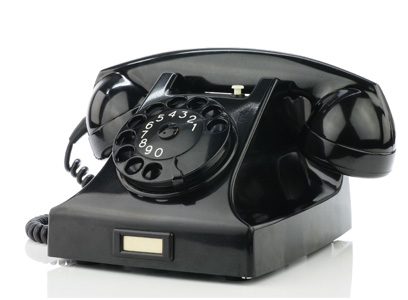 PROCESS : This is perhaps the most widely used of all plastic processing methods. The machine consists of a heated barrel with a rotating screw inside, which reduces pelletized raw material and colorant into a hot liquid. This “melt” is forced into a 2-piece water cooled mold under tremendous pressure. After the plastic solidifies, the mold is unclamped and a finished part is ejected.
PROCESS : This is perhaps the most widely used of all plastic processing methods. The machine consists of a heated barrel with a rotating screw inside, which reduces pelletized raw material and colorant into a hot liquid. This “melt” is forced into a 2-piece water cooled mold under tremendous pressure. After the plastic solidifies, the mold is unclamped and a finished part is ejected.
RAW MATERIALS : Most raw materials can be used. The resin is in pellets before processing.
TOOLING : Because of the high pressures involved in this process, steel tooling is preferable. Aluminum may be used for low volumes and prototyping.
COST : Injection molding offers the lowest piece prices available, but tooling prices are generally the highest.
ADVANTAGES : The marketplace is saturated with injection molders, so end users can usually get low piece prices. Equipment available in all geographical locations. Lends itself to most types of designs.
DISADVANTAGES : High tooling cost.
EXAMPLES : Containers, household goods, auto components, electronic parts, flower pots.
